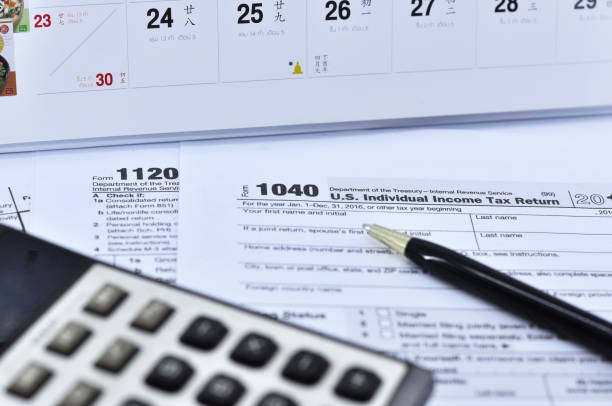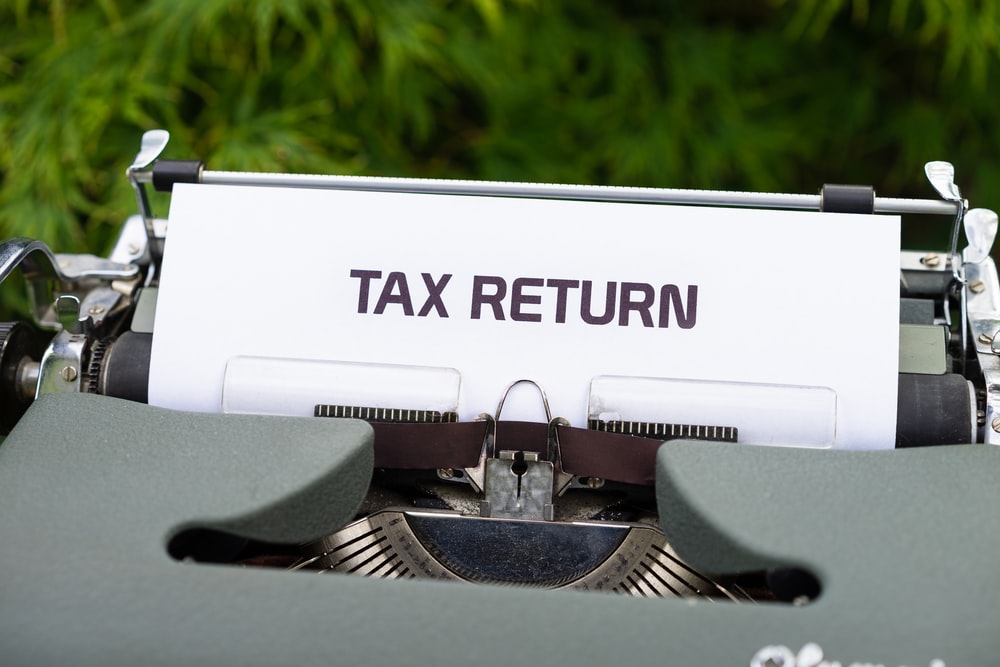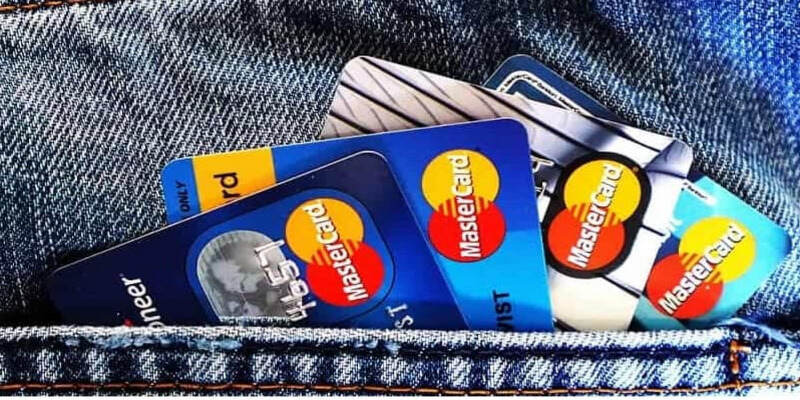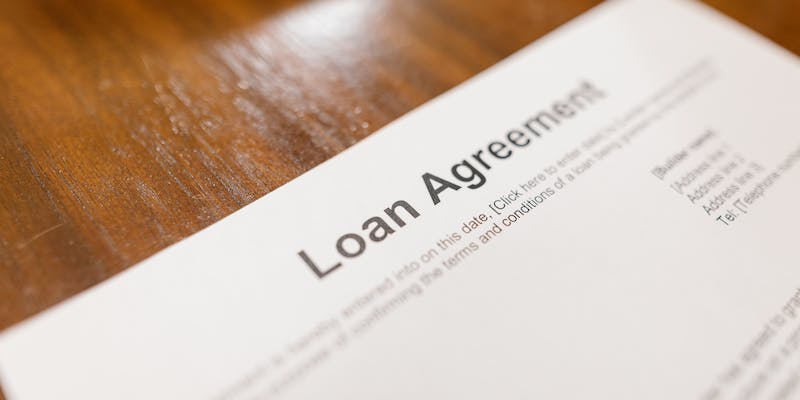Form 1099-DIV, Dividends and Distributions
Aug 17, 2022 By Susan Kelly
Definition
Form 1099-Div, Dividends and Distributions is an IRS form sent by financial institutions to investors who receive dividends and distributions each year. Typically, these forms are only sent to individuals receiving more than $10 total. An investor receiving multiple dividends will therefore receive as many 1099-DIVs.
The form should be supplied to investors annually by January 31. It should be sent to both the IRS and the taxpayer. Form 1099 reports all payments made to independent contractors, sales proceeds, miscellaneous income, earnings from interests and dividends, and rental property income. All this income is not included in your W2 form and should be taxed and filed.
IRS 1099 forms are evidence that another entity paid you money, this entity not being your employer. W2 forms are used when it is your employer paying your salaries and wages. It is the payer who fills out the form and sends it to both you and the IRS. This way, the IRS will know if you fail to declare this additional income on your tax returns. These dividends and distributions are taxable.

Since information returns inform the IRS of your extra income, the same will have to be reflected in your actual tax return. If you file wrong returns, you may be liable to face penalties and extra charges.
Contents of Form 1099 – DIV
The payer’s identification is placed on the top left side, while the taxpayer’s information is placed on the lower left side of Form 1099-DIV.
- Investor’s or taxpayer’s name
- Their address
- Their Social Security Number (SSN)
- The payer’s name
- Their address
- Their identification number
- Their plan number
- Total dividends
- Total capital gain distribution
- Qualified dividends
- Federal income tax withheld
- Foreign tax paid
- Cash liquidation distributions
Funds that are exempt from Form 1099-DIV
Some funds received throughout the year do not require Form 1099-DIVs. Such include some retirement accounts, such as Individual Retirement Accounts (IRAs) and profit-sharing plans.
Filing Form 1099-DIV, Dividends and Distributions
The form has three copies:
- The red copy, Copy A. It should not be printed and only provides information.
- Copy B in two parts. They can be downloaded and one retained for the recipient. The other is attached to the tax return.
Sometimes, the form comes in quadruplicate; one for the taxpayer, the other for the payer, the third for the IRS and the fourth for the State Tax Department (although not always necessary).
Investors are required to submit all Form 1099-DIVs. Form 1099-DIV can be downloaded from the IRS website.
Those receiving more than $1,500 in ordinary dividends should fill out Schedule B. Schedule B does not affect the tax you will pay, just that amounts above $1,500 need additional reporting. If you are a signer on an account in a foreign country or if you transact funds from a foreign trust, you are legally required by the IRS to sign Schedule B.
Please check if the Foreign Account Tax Compliance Act (FATCA) checkbox on your form is checked. If it is, you may need to contact a professional to advise you on your filing requirements for foreign income. The potential consequences of ignoring this are pretty serious.
Individuals who should receive a Form 1099-DIV
- Those with cumulative dividends of more than $10 per year
- Those who have paid $600 or above for liquidation
- Those from whom any federal income tax on dividends has been withheld
- Those from whom any foreign tax on dividends and distributions has been withheld
Why you might not receive your Form 1099-DIV
Your cumulative dividends and distributions for the year are less than $10. However, you are still required to report this income to the IRS even without the form. Low dividends may mean your investment option did not have high yields.
Some accounts do not receive Form 1099- DIVs. They include nonresident alien accounts, IRAs, and exempt corporations.
What happens if you do not report dividends on your tax return?
If you have received your Form 1099-DIV but have not reported the dividends, the tax authority sends you a CP2000, which is an Underreported Income notice. This letter reveals that your tax return and the income information available to the IRS differ. The IRS’s automated reporter (AUR) automatically notices such disparities and sends the CP2000 to the payer.
If dividends are less than $10 and do not come from your employer, you might not receive a CP2000. Once you receive the letter, review your 1099 forms and tax returns. You can choose to agree or disagree, or if entirely unsure, you may contact the IRS directly and enquire.

The other 1099 series of forms
- 1099-A, Acquisition or Abandonment of Secured Property
- 1099-B, Proceeds From Broker and Barter Exchange Transactions
- 1099-C, Cancellation of Debt
- 1099-CAP, Changes in Corporate Control and Capital Structure
- 1099-DIV, Dividends and Distributions
- 1099-G, Certain Government Payments
- 1099-H, Health Coverage Tax Credit (HCTC) Advance Payments
- 1099-INT, Interest Income
- 1099-K, Merchant Card and Third Party Network Payments
- 1099-LTC, Long-Term Care and Accelerated Death Benefits
- 1099-MISC, Miscellaneous Income
- 1099-PATR, Taxable Distributions Received From Cooperatives
- 1099-Q, Payments From Qualified Education Programs (Under Sections 529 and 530)
- 1099-R, Distributions From Pensions, Annuities, Retirement or Profit-Sharing Plans, IRAs, Insurance Contracts, etc.
- 1099-OID, Original Issue Discount
- 1099-SA, Distributions From an HSA, Archer MSA, or Medicare Advantage MSA
Once you receive your information returns, treat the, with the urgency and attention it requires. Not all information returns should be filed alongside your tax returns. It is therefore important to contact a certified tax preparer and have them look over your documents.





